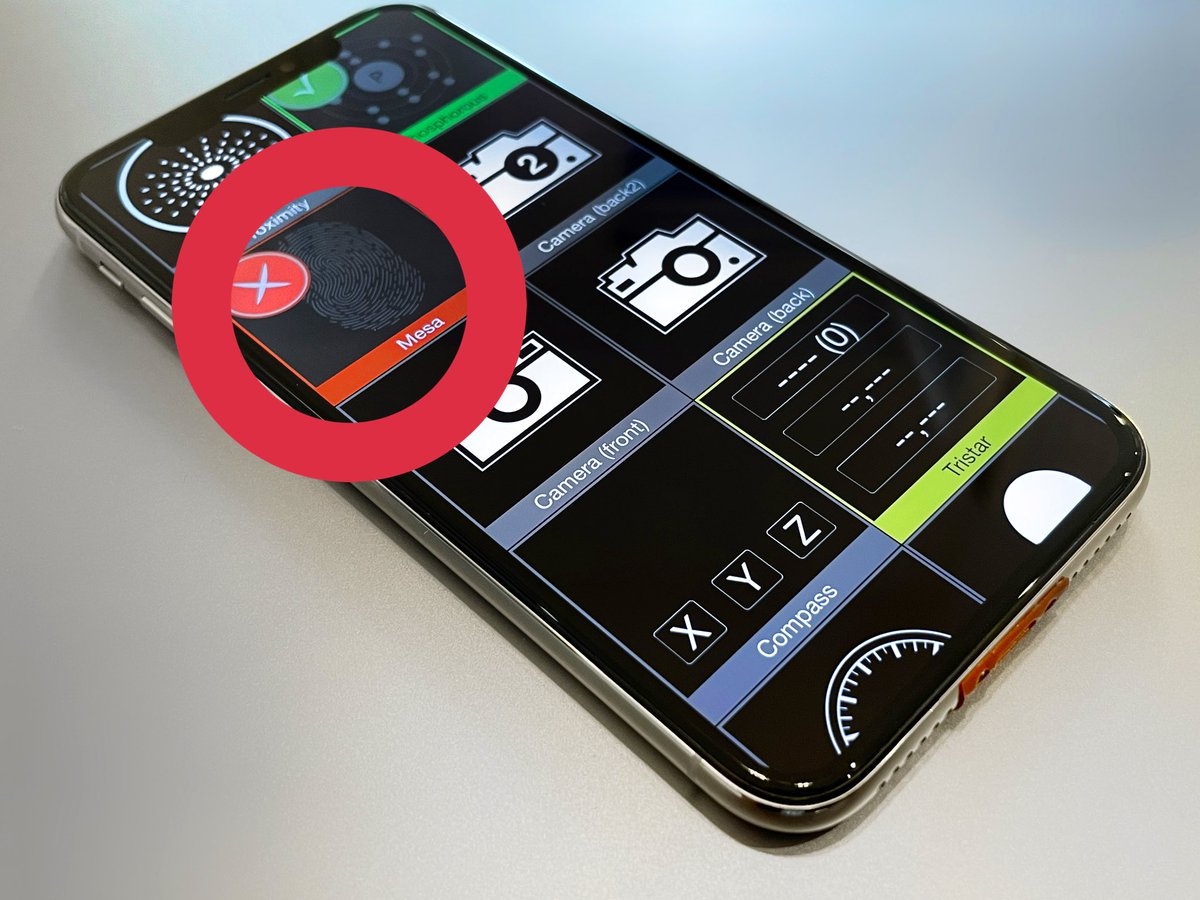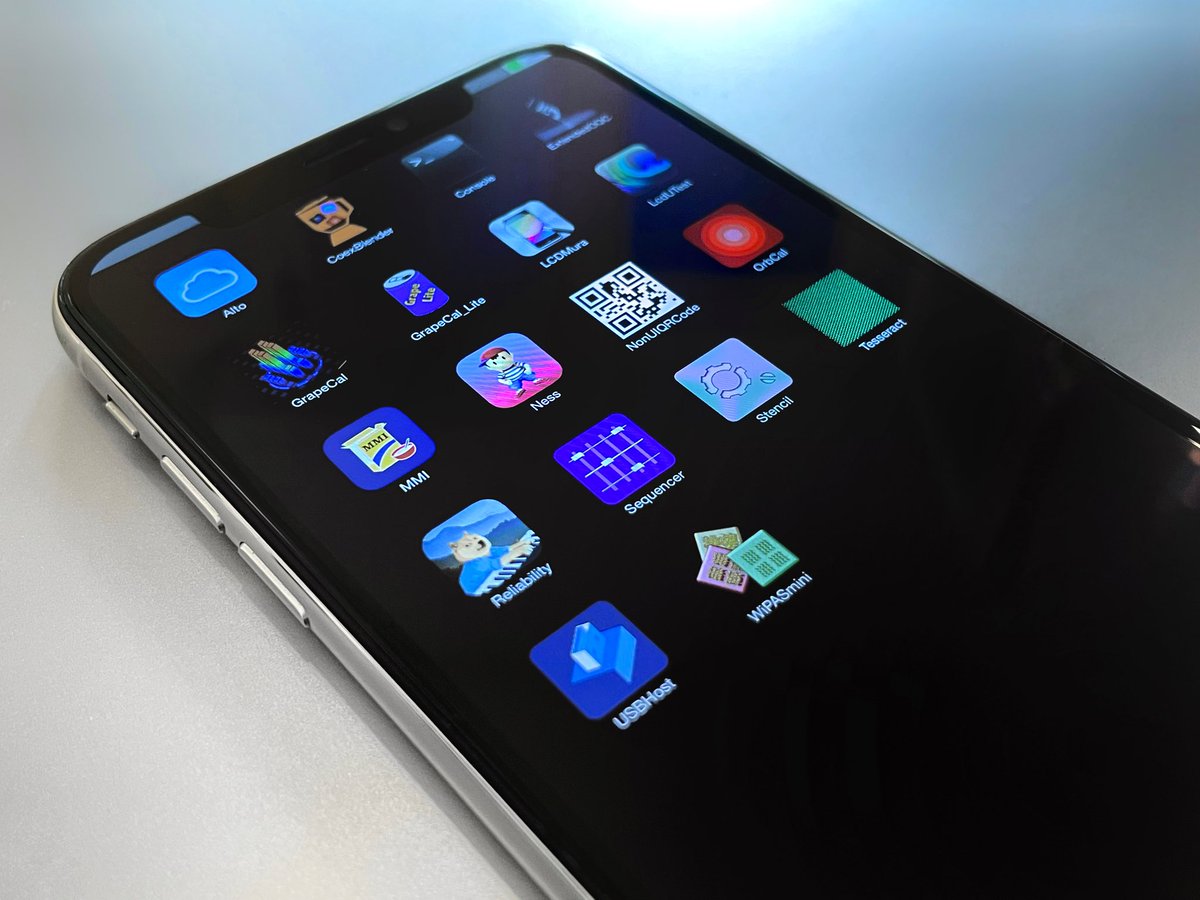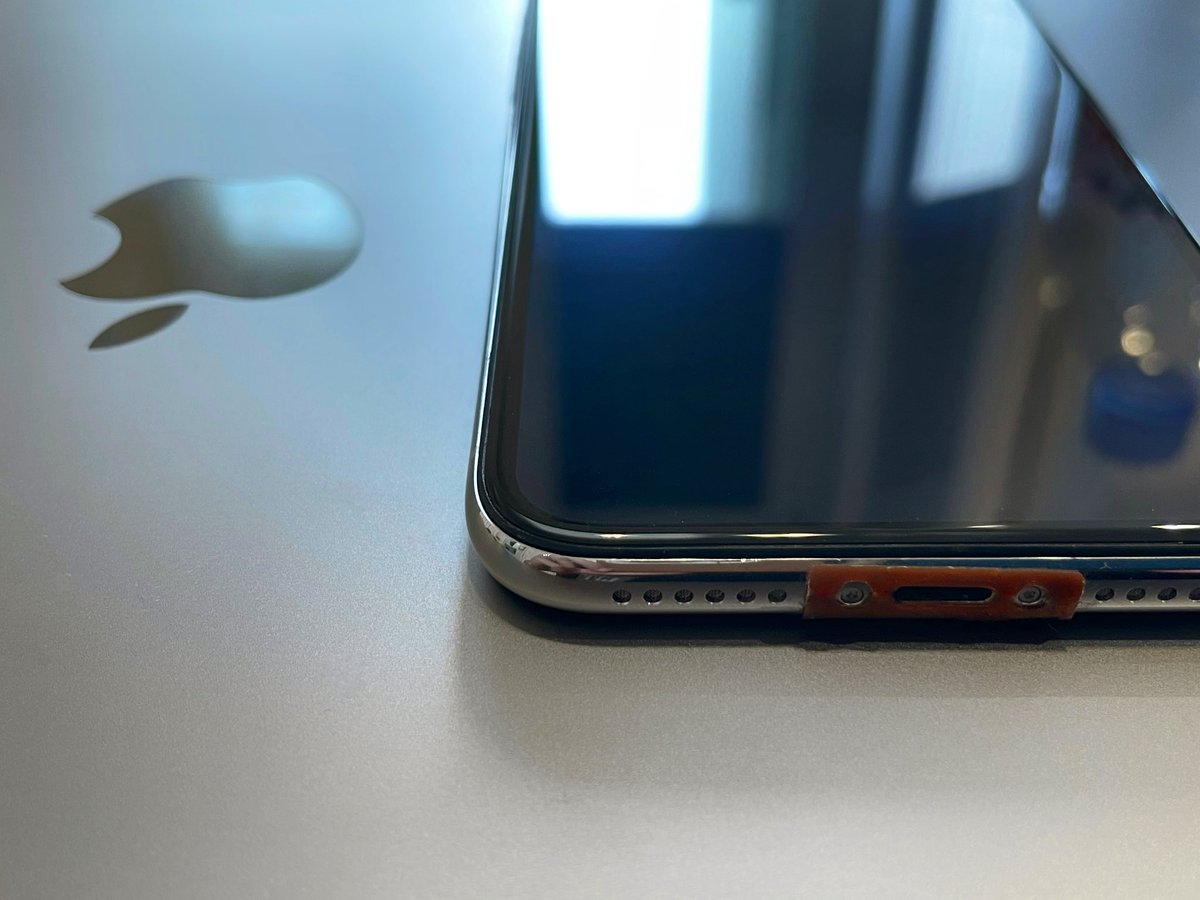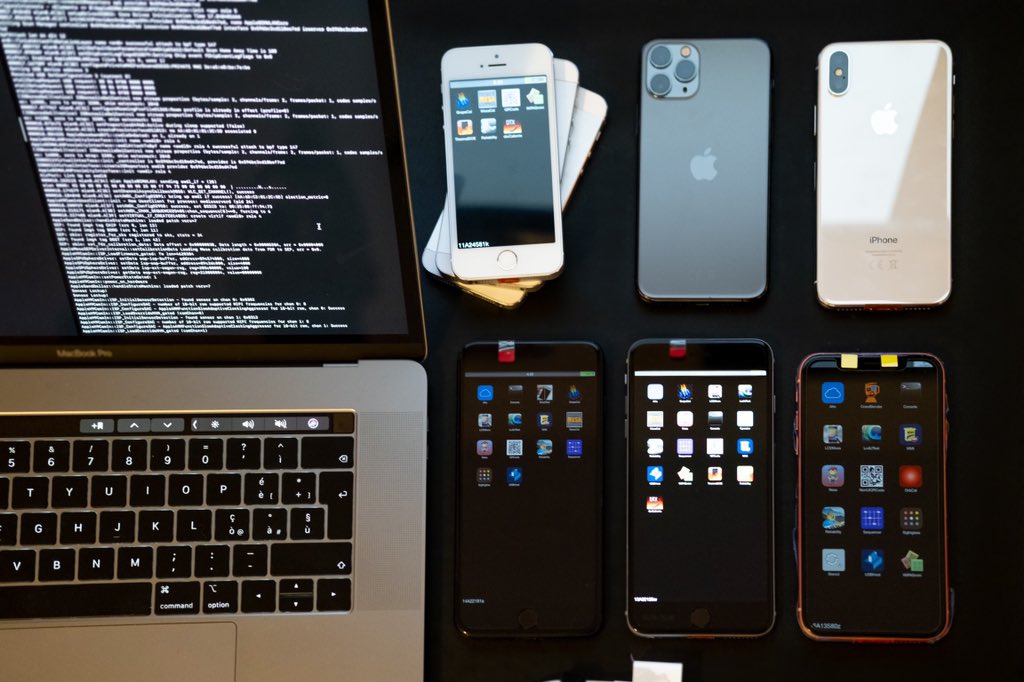
Prototype iPhone X
The Factory OS proves once more that this unit was initially planned to feature a combination of both #FaceID and #TouchID, two biometric authentication systems that were never seen together yet.
“Mesa” is the codename for the TouchID - fingerprint sensor.

The Factory OS proves once more that this unit was initially planned to feature a combination of both #FaceID and #TouchID, two biometric authentication systems that were never seen together yet.
“Mesa” is the codename for the TouchID - fingerprint sensor.


On this unit, produced during a stage really close to mass production, Touch ID is absent, but tools are still present on the file system. 

Here is how the earlier version looked like
https://twitter.com/1nsane_dev/status/1125856962619617284
Here is how the shell looked like. The TouchID sensor was supposed to be housed in the back of the device, under Apple logo. We’ll see if TouchID will ever return to iPhone, maybe in an under-display form this time!
https://twitter.com/duanrui1205/status/1395033275467374598
• • •
Missing some Tweet in this thread? You can try to
force a refresh
















